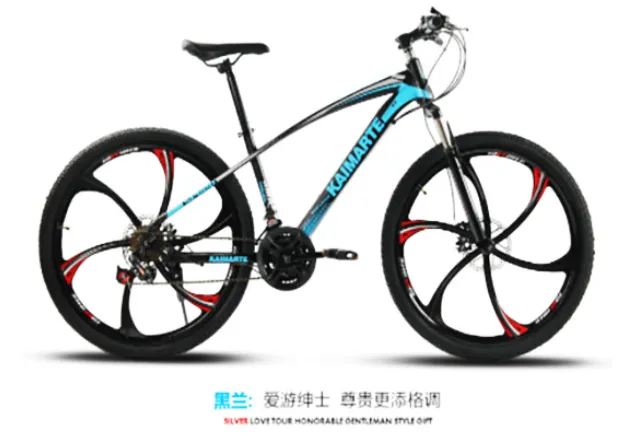
- Afrikaans
- Albanian
- Amharic
- Arabic
- Armenian
- Azerbaijani
- Basque
- Belarusian
- Bengali
- Bosnian
- Bulgarian
- Catalan
- Cebuano
- Corsican
- Croatian
- Czech
- Danish
- Dutch
- English
- Esperanto
- Estonian
- Finnish
- French
- Frisian
- Galician
- Georgian
- German
- Greek
- Gujarati
- Haitian Creole
- hausa
- hawaiian
- Hebrew
- Hindi
- Miao
- Hungarian
- Icelandic
- igbo
- Indonesian
- irish
- Italian
- Japanese
- Javanese
- Kannada
- kazakh
- Khmer
- Rwandese
- Korean
- Kurdish
- Kyrgyz
- Lao
- Latin
- Latvian
- Lithuanian
- Luxembourgish
- Macedonian
- Malgashi
- Malay
- Malayalam
- Maltese
- Maori
- Marathi
- Mongolian
- Myanmar
- Nepali
- Norwegian
- Norwegian
- Occitan
- Pashto
- Persian
- Polish
- Portuguese
- Punjabi
- Romanian
- Russian
- Samoan
- Scottish Gaelic
- Serbian
- Sesotho
- Shona
- Sindhi
- Sinhala
- Slovak
- Slovenian
- Somali
- Spanish
- Sundanese
- Swahili
- Swedish
- Tagalog
- Tajik
- Tamil
- Tatar
- Telugu
- Thai
- Turkish
- Turkmen
- Ukrainian
- Urdu
- Uighur
- Uzbek
- Vietnamese
- Welsh
- Bantu
- Yiddish
- Yoruba
- Zulu
Dec . 22, 2024 01:20 Back to list
electric bicycle range
Understanding Electric Bicycle Range Factors and Insights
In recent years, electric bicycles have surged in popularity, providing a green alternative to traditional transportation methods and promoting healthier lifestyles. However, one of the most critical aspects that potential buyers and users need to understand is the range of electric bicycles. Understanding the range can significantly impact the riding experience, making it essential to delve into the factors that influence it and the implications for riders.
What is Electric Bicycle Range?
The term range refers to the distance an electric bicycle can travel on a single charge. Generally, this range can vary widely between models, often ranging from 20 to 100 miles per charge. Several factors influence this distance, including battery capacity, motor power, terrain, and rider behavior.
Battery Capacity
The battery is the heart of an electric bicycle, and its capacity, measured in watt-hours (Wh), directly impacts the range. A higher capacity typically means a longer range. For example, a bike with a 500 Wh battery will generally allow for more miles than a bike with a 250 Wh battery, provided other factors are equal. Many manufacturers offer models with varying battery sizes, allowing consumers to choose their bikes based on how far they plan to ride.
Motor Power
The motor's power output also plays a crucial role in determining the range. Most electric bikes come equipped with motors ranging from 250 to 750 watts. Higher wattage motors provide more power, making them suitable for steep hills or off-road conditions. However, they also consume more battery energy, potentially leading to a shorter range. Therefore, finding a balance between power needs and range is critical.
Terrain and Conditions
electric bicycle range

The terrain on which an electric bicycle is ridden significantly impacts its range. For instance, riding uphill or on rough, unpaved surfaces will drain the battery more quickly than riding on flat, smooth roads. Similarly, external conditions such as wind resistance and temperature can affect battery performance. Cold weather can reduce battery efficiency, while strong headwinds can require more power from the motor, further decreasing the range.
Rider Behavior and Load
Rider behavior also substantially affects the range of an electric bicycle. Factors such as the rider's weight, pedaling effort, and usage of the electric assist mode can influence how far the bike can travel. Riders who pedal consistently and use less motor assistance tend to achieve longer distances. In addition, carrying extra weight, whether it’s cargo or a passenger, can burden the motor and battery, reducing the range.
Battery Maintenance and Charging
To maximize the electric bicycle range, proper maintenance of the battery is essential. Balancing charge levels without frequently discharging the battery to extremely low levels can prolong its lifespan and efficiency. Moreover, knowing when to charge the battery and establishing a charging routine can significantly affect how far riders can travel. Many cyclists find that planning routes that allow for charging stops is helpful for longer distances.
Real-World Application and Planning
For those considering purchasing an electric bicycle or new riders looking to gauge their potential range, it’s vital to plan rides according to range. Understanding personal commuting needs, including how far the riding will be and terrain type, can help in selecting the appropriate model. Some brands offer range calculators or tools that help users estimate the expected range based on their weight, route elevation, and riding style.
Conclusion
The range of an electric bicycle is a multifaceted aspect governed by various factors including battery capacity, motor power, terrain, and rider habits. Understanding these factors helps potential buyers make informed decisions, ensuring that they select a bike that meets their travel needs. As electric bicycles continue to evolve, enhancing range and performance remains a primary goal for manufacturers, ensuring that these eco-friendly vehicles provide viable alternatives to traditional modes of transport. In embracing electric bicycles, riders can not only enjoy the thrill of the ride but also contribute positively to the environment.
-
The Ultimate Kids' Four-Wheeler Experience
NewsJul.09,2025
-
The Ultimate Guide to Mountain Bikes: Gear Up for Your Ride
NewsJul.09,2025
-
The New Age of Cycling: Electric Bikes for Every Rider
NewsJul.09,2025
-
The Best Kids Bicycles: Ride in Style and Safety
NewsJul.09,2025
-
The Best 3-Wheel Scooters for Kids: Fun, Safety, and Adventure
NewsJul.09,2025
-
Revolutionize Your Ride: Affordable Electric Bikes
NewsJul.09,2025
-
Finding the Perfect Mountain Bike for Every Rider
NewsJul.09,2025



